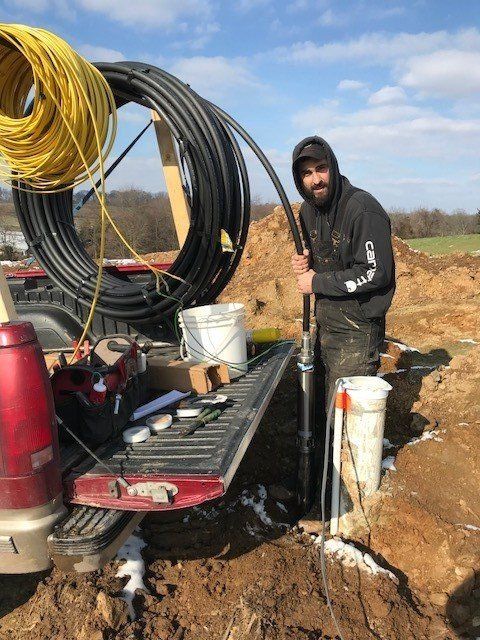Efficient Water: Maintaining Your Water Softener

Efficient Water: Maintaining Your Water Softener
Introduction: The Importance of Water Softener Maintenance
Maintaining your water softener is essential for ensuring it functions efficiently, providing you with soft water and preventing the buildup of mineral deposits. In this guide, we’ll explore the steps and tips for proper water softener maintenance, helping you prolong its lifespan and maintain the quality of your water.
Understanding Water Softener Basics: A Quick Overview
Before delving into maintenance, it’s beneficial to understand the basics of how a water softener works. Water softeners remove hardness minerals, such as calcium and magnesium, from your water supply. The softener contains resin beads that attract and trap these minerals, preventing them from entering your plumbing and appliances.
Regular Cleaning of the Brine Tank: Preventing Salt Bridges
One of the critical components of a water softener is the brine tank, which holds the salt used in the regeneration process. Regularly
Efficient Well Pump Care: Essential Maintenance Tips

Efficient Well Pump Care: Essential Maintenance Tips
Maintaining a well pump is crucial for ensuring a reliable and efficient water supply for your home. In this comprehensive guide, we’ll explore essential maintenance tips to keep your well pump in optimal condition, providing you with a steady and uninterrupted water source.
Understanding Your Well Pump System
Before diving into maintenance, it’s essential to understand the components of your well pump system. Know the type of pump you have—submersible or jet—and be familiar with the pressure tank, control box, and other associated elements. This knowledge forms the foundation for effective maintenance practices.
Regular Inspection for Signs of Wear
Performing regular inspections is the cornerstone of well pump maintenance. Look for signs of wear, corrosion, or leaks in the pump, pipes, and fittings. Check the pressure gauge and pressure switch for accurate readings. Any deviations from normal operation should prompt further investigation and
